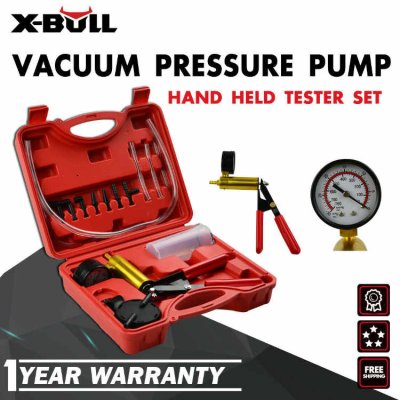I have had Wagner systems in two boats. The first, a 1982 build, sprung a leak in the pump manifold. At that time Wagner was still in business ( the old Co that actually built the S 50 system that I had) and when they returned it to me, I bought, on their recommendation, Telus 10 to top up the fluid. I still have a little after more than 30 yrs.
My present boat, 1980 build, also had a Wagner S 50. I tracked the Wagner Co when I had an issue with this system and found that the old engineering had been sold off to other steering Cos. Wagner had re-appeared, doing different types of steering systems and no longer supporting the S 50. Summer Equipment had a warehouse of old Wagner stuff and I was able to get what I needed from them at the time.
Subsequently, the pump manifold on this S 50 failed in a similar way to the one on my previous boat. I kept it going with band-aids for a while but eventually had to go to a different, more modern system.
The new Wagner Cos were, over a decade ago, getting into big ship steering systems and had no support for the mainstay products of their previous incarnations.
Com Nav was providing some support, though I doubt they still do. If you do find some present support for the old Wagner products, please tell this forum about it.


